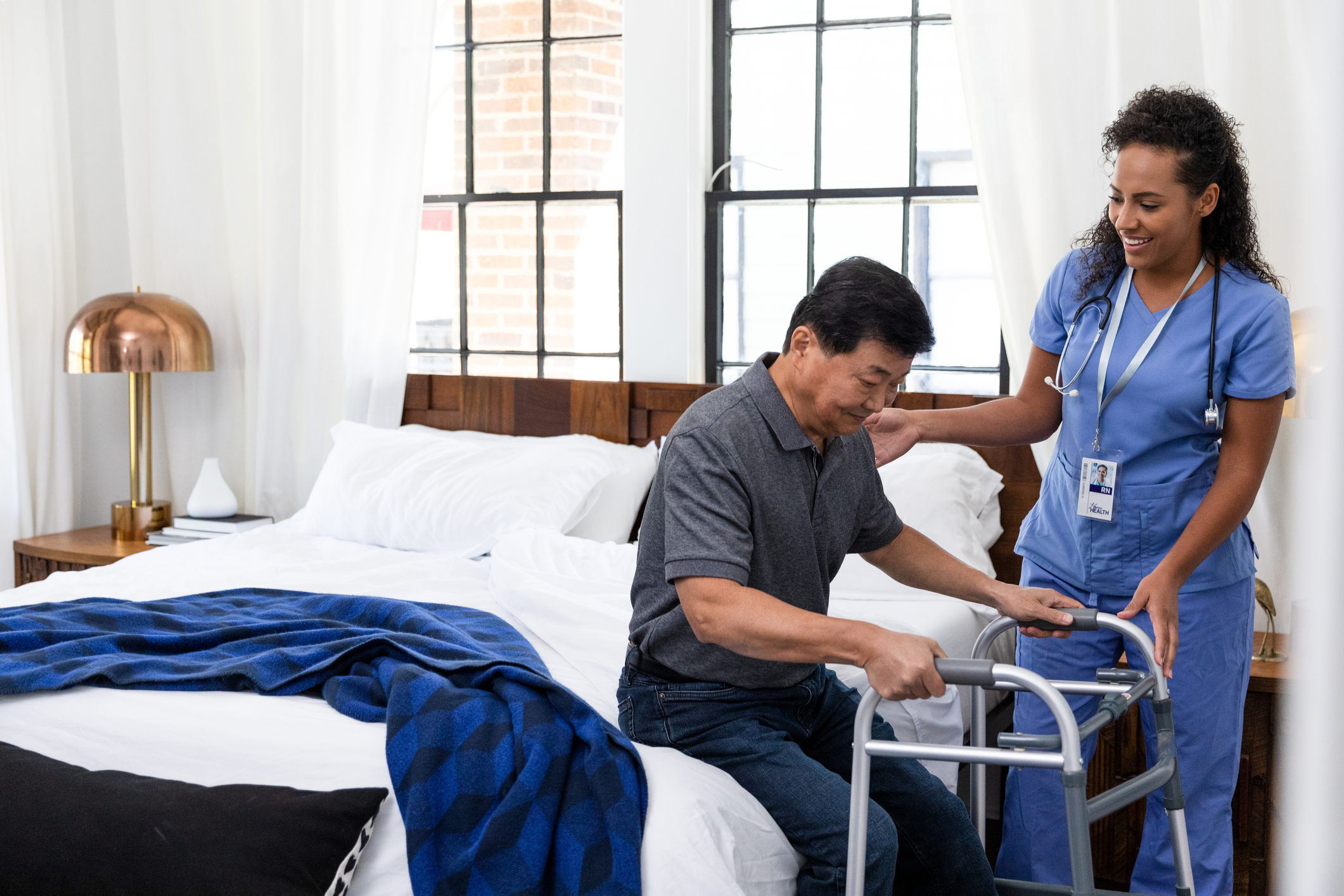
The use of biological ageing clocks for monitoring the ageing process is key for enabling the early intervention and preventing age-related diseases.
Due to improvements in healthcare and living conditions we are seeing a dramatic rise in the ageing population. According to most recent estimates more than 700 million people worldwide are now aged over 65 and this is set to rise further. However, despite people now living longer they are spending considerably more time in poor health towards the end of their life.

With the Rise of AI, What IP Disputes in Healthcare Are Likely to Emerge?
Munck Wilson Mandala Partner Greg Howison shared his perspective on some of the legal ramifications around AI, IP, connected devices and the data they generate, in response to emailed questions.
More than just the passage of time ageing is associated with the accumulation of a range of different cellular and molecular changes all of which contribute to the declines in physical and mental ability.
Consequently, ageing is associated with the increased incidence of a range of chronic diseases including cardiovascular disease, osteoarthritis, type 2 diabetes, kidney disease, cancer and dementia. As people age, they are also more likely to experience more than one of these diseases at a time. Of those over 65 years of age 80% will suffer from at least one chronic condition and 68% more than one.
The ageing population means that we are seeing a rise in incidence of many of these diseases, placing a tremendous and unsustainable burden on health and social care resources across the world. Taking dementia as an example, the number of cases is expected to more than double to 13 million by 2050. The health and long-term care costs in the US for treating dementia have been estimated at $345 billion, excluding care from unpaid carers.
Another common age-related disease which is on the rise in the US is osteoarthritis which currently affects 1 in 4 adults. According to recent estimates arthritis-attributable medical costs may total $140 billion, around half of which can be attributed to ambulatory medical care and medical care costs such as prescriptions.
So, what action is needed to promote healthy ageing and halt the growing prevalence of age-related diseases?
Often age-related diseases are diagnosed late in the disease course when the opportunity to reverse any pathological changes has passed. Chronic kidney disease is one such disease with 40% of those with severely reduced kidney function unaware they have the disease, representing a missed opportunity to intervene early.
For many age-related diseases treatment options are extremely limited. If treatment is available, it focuses more on the relief of symptoms after disease onset rather than addressing the underlying cause of the disease with no impact on disease progression.
When considering an appropriate treatment each age-related disease is considered separately which can lead to multiple medications which increases the potential for side effects. One study reported the median number of prescribed medications used among US adults aged 65 and over was 4, while 39% were taking 5 or more medications.
There is a clear need to develop solutions that can help to identify those most at risk of developing age-related diseases before disease onset and to adopt more preventive approaches to the treatment of age-related diseases.
Many age-related diseases share similar mechanisms and have been linked to pathological changes that occur in response to ageing. By targeting the underlying ageing process instead of treating each disease in isolation it may be possible to reduce the risk of developing multiple age-related diseases.
Recent advances in artificial intelligence and machine learning have made possible the development of biological ageing clocks, which can provide a measure of the ageing process through monitoring changes in blood biomarkers, DNA methylation, telomere length and protein glycosylation.
Not only do biological clocks enable the early identification of those accelerated ageing and at a higher risk of developing age-related diseases but they enable a more preventative approach to disease treatment through personalised lifestyle suggestions. Biological clocks can also be used to evaluate the effectiveness of anti-ageing interventions.
Lifestyle interventions such as dietary changes, physical activity and stopping smoking can be effective in reducing an individual’s biological age which in turn has been linked to a lower risk of certain age-related diseases. For example, one study found the Mediterranean diet was associated with a smaller difference between actual age and biological age and a lower incidence of hypertension.
Biological clocks could play an important role in helping to promote healthy ageing and to stem the growing incidence of age-related diseases by improving the quality of life of the aged, reducing mortality and relieving the burden on overwhelmed health and social care resources.
Photo: solidcolours, Getty Images
Bipin Patel is CEO & Founder of electronRx, a deep tech team of interdisciplinary scientists and engineers developing novel technologies to sense the physiological environment and inform personalized therapeutic interventions. Dr. Patel is an entrepreneur with over 20 years of biomedical engineering, drug development and commercialization experience. He previously held leadership roles at big pharma like Merck KGaA, GSK and Pierre Fabre.














